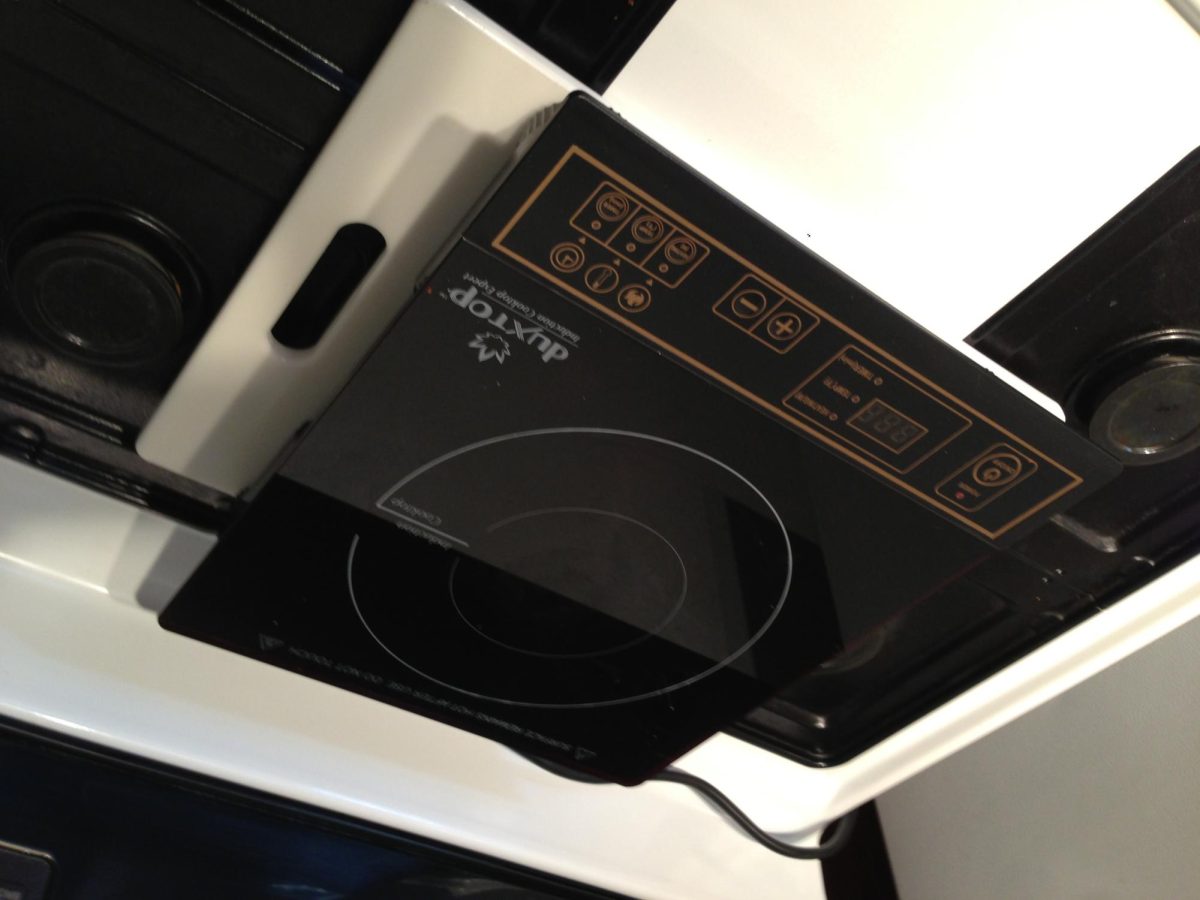It’s clear why people love gas stoves. They allow you to quickly adjust the temperature, they evenly heat cookware, they don’t radiate a lot of heat, and they have a certain aesthetic value over a more boring electric stove. However, they also emit harmful pollution and incentivize the production of natural gas. In a time when climate change is a greater threat to the Earth’s ecosystems and inhabitants, moving away from harmful cooking appliances, regardless of their minor benefits, is an easy way to make an impact on the climate.
First, gas stoves emit harmful pollutants into homes, causing potential harmful health problems for the people that spend time around them. Gas stoves have been found to release small but significant quantities of volatile organic chemicals, or VOCs, such as nitrogen dioxide indoors. Studies have shown that this can lead to severe asthma—gas stoves are responsible for over 13% of childhood asthma. Gas stoves have more recently been found to release small amounts of benzene, a carcinogenic compound found in crude oil. Benzene has been labeled by the World Health Organization as “unsafe at any level” and, according to oncologist Jan Kirsch, is “the most potent chemical leukemogenic, or leukemia-causing substance.”
One reason that the pollution from gas stoves is so problematic is that gas stoves are almost always used inside homes, where ventilation is limited. Poor ventilation is made worse by the fact that people rarely use the ventilators on their stoves unless what they are cooking is actively smoking, so the invisible pollutants like nitrogen dioxide and benzene that are emitted every time a gas stove is used are rarely ventilated out.
Another reason against gas stoves is that they incentivize the production of natural gas, and thus lead to more pollution. The reason for this is simple: gas stoves create a large market demand for natural gas—the compound that fuels gas stoves—leading to increased production of said gas. If you want proof of this market effect, just look at the natural gas companies that are actively campaigning against moving away from gas stoves. The downsides of natural gas production are well chronicled: natural gas contributes 8 billion tons of carbon dioxide pollution per year and accounts for over 30% of US methane emissions. Both methane and carbon dioxide are greenhouse gasses that trap heat in Earth’s atmosphere, leading to rising global temperatures that melt our icecaps, raise our sea levels, worsen our hurricanes, cause more droughts, prolong wildfire season, and more. It’s clear: if we can switch to a type of stove that doesn’t rely on pollution-causing fuels like natural gas, we can make a tangible difference in reducing greenhouse gas pollution and global warming.
Enter induction stoves. A type of electric stove, an induction stove uses electromagnetic coils to directly heat the cookware. Induction stoves have a variety of benefits over both regular electric stoves and gas stoves. For one, they don’t emit harmful gasses—reports show that homes with gas stoves can have 50–400 times the amount of nitrogen dioxide as homes with electric-powered stoves. Also, because they are electric, induction stoves can be run off of home power-generation systems like solar panels, eliminating the need for outside fuel such as natural gas. Induction stoves also have cooking benefits: they heat cookware more quickly and evenly than gas and even electric stoves do.
If California politicians want to make a direct impact on improving the climate, they should support increasing subsidies for induction stoves. Induction stoves are expensive, which can provide reasons for consumers to not make the switch. Subsidies can help combat those high prices, increasing the incentive for people to get rid of their antiquated and dangerous gas stoves. While some California areas do provide financial incentives, it can only help to increase those incentives. Induction stoves are dangerous for the environment and dangerous for us. As such, politicians should use every financial means available to them to usher in a new era of induction dominance.









